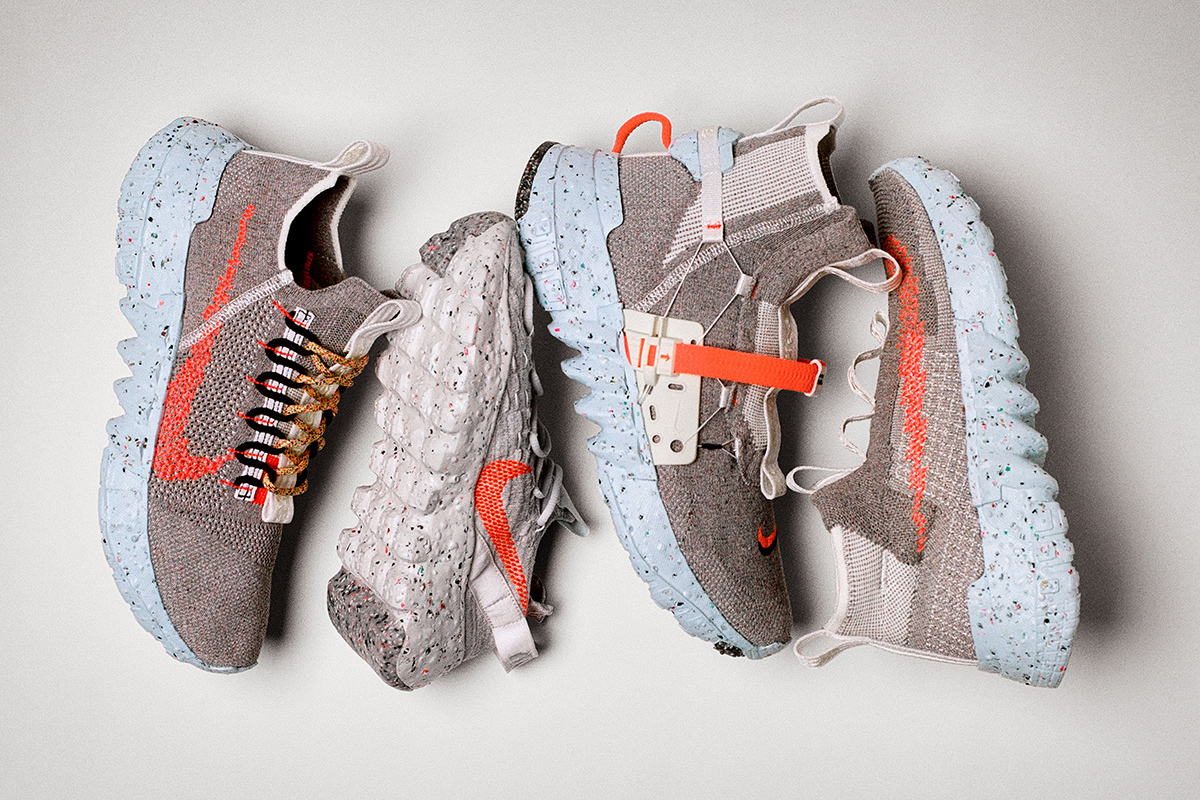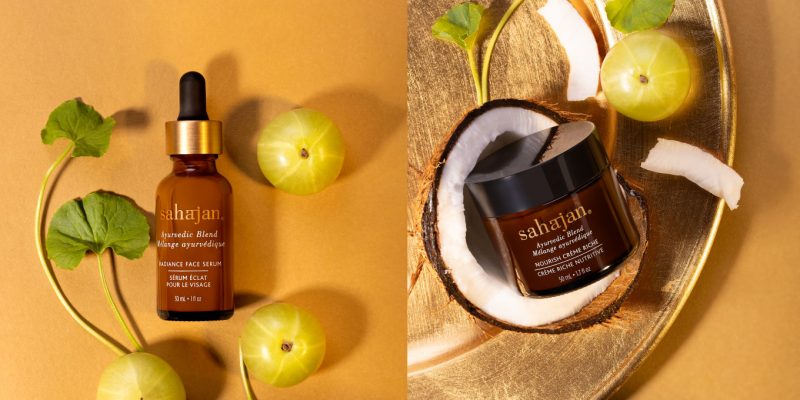Health & Fitness
The 2020 Summer Olympics Could Be the Hottest in History
Climate change is spurring the creation of innovative new athletic apparel.
by : Caitlin Kenny- Feb 21st, 2020

Nike
This July, when top athletes from around the globe take their marks at the Olympics in Tokyo, they won’t be the only ones likely to break world records. The 2020 Summer Games are expected to be the hottest in history, with competitors and officials alike already on high alert for sizzling temperatures and intense humidity.
Extreme weather isn’t new for Tokyo – like many urban centers, heat gets absorbed by concrete and asphalt while the lack of greenery and water limits cooling – but experts are also pointing to climate change as the culprit behind the recent spikes. If Tokyo’s weather during the Games is anything like the same period last year (July 24 to August 9), attendees can expect highs of 36 degrees Celsius on several days, and that’s before factoring in the average humidity of 80 percent.
When the Japanese capital previously hosted the Summer Olympics in 1964, the dates were bumped to October to avoid the heat. But since the low ratings from Sydney’s September 2000 Games, the events have stuck to their primetime summer spot, when most major sports leagues are on break.
To help fans fight that stick-to-your-seat feeling, the organizing committee launched the Tokyo 2020 Cooling Project. In collaboration with the government and some of the country’s biggest corporations, the initiative involves building misting stations and shaded areas, and handing out paper fans and frozen treats.

The Nike Move to Zero athleisure capsule uses 60 percent organic cotton and recycled fabric, along with a windbreaker that’s fully recycled. Available on nike.ca and at select retailers.
But for the Olympians themselves, who will be out there hitting max heartrates in their push for the podium, Nike is stepping up its innovation. “We started by meeting with athletes and gathering insights,” says Janett Nichol, the brand’s vice president of apparel innovation. “We talked about how it’s going to be a very hot Olympic Games, so how are we going to manage that heat.”
The answer involved a makeover to a 30-year-old fabric: Dri-FIT. The trademarked material helps cool you down by dispersing sweat across its surface for quicker evaporation. Now, the fabric does this even faster, and improved technology allows for specific areas in a garment to have increased ventilation or a lighter weight without any additional seams. “In another time, everything had to be cut and sewn,” explains Nichol. “Now, through digital computational design and the data we get from our science lab, we can add cooling and ventilation maps as part of the intrinsic fabric.”
This improvement has its fashion perks too: different colours and textures can be incorporated into a single piece of Dri-FIT. The track and field kits play up this advancement the most, with a ridged two-tone fabric (for Canada, it will be red and white, of course) that appears to flicker when in motion. (Bonus: the vertical folds in the fabric also help move air along skin.)
All the innovation isn’t solely reserved for Olympians, either. Nike is also upgrading Dri-FIT for consumers this fall so that when sweat disperses in, say, a pair of pastel pink yoga tights, it never reaches the outer surface. Translation: No more embarrassing wet spots. “We heard from women loud and clear that they wear black tights so you can’t see where they sweat,” says Nichol.
While it’s the countdown to Tokyo that’s fueling the push for these advances, improved sweat-wicking and ventilation is a boon for both Olympian and everyday athletes around the world – even here. Toronto-born Paralympic sprinter Marissa Papaconstantinou is all too familiar with suddenly scorching conditions: “This sounds funny but my hottest competition was the Canadian nationals two years ago in Ottawa,” she recalls. “It was this crazy heatwave weather that came out of nowhere and I ended up with heat stroke.”
As wild weather picks up around the globe, Nike’s also doing its part to reduce the impact its wares have on the environment. Its Tokyo gear will once again use recycled polyester – it’s been used in previous Olympic kits, but now the fabric has a chic matte finish instead of that old-school sheen – and a sportswear summer collection offers even more eco-friendly options for the rest of us.

The Nike Space Hippie sneaker uses Nike Grind in its foam, and its yarn comes from recycled water bottles and T-shirts.
The tonal grey Move to Zero athleisure capsule includes boxy dresses and crewneck sweaters that boast 60 percent organic cotton and recycled fabric, along with a windbreaker that’s fully recycled, from the polyester fabric to its drawcords and zippers made from recycled factory scraps dubbed Nike Grind. Similarly, the upcoming Space Hippie sneaker uses Nike Grind in its foam, and its yarn comes from recycled water bottles and T-shirts.
With both sustainability and function covered across the brand’s new offerings, it leaves athletes with less to worry about when they get to Tokyo, so they can stay focused on their performance, which is what really matters, says Papaconstantinou. “I don’t think fixating on the heat it is going to help the situation. All my competitors will be in the same environment – it’s about who’s able to deal with it better.”
READ MORE:
We’re Living In The Golden Age of Sex Toys
Make 2020 the Year You Stick to Your Fitness Goals
8 Editors Did 7 Weeks of Consistent Workouts and These Were the Results
Newsletter
Join our mailing list for the latest and biggest in fashion trends, beauty, culture and celebrity.
Read Next

Beauty
The Best Met Gala Beauty Looks Of All Time
From Taylor Swift's 'Bleachella' era to Rihanna's iconic 2011 braids, meet the best beauty moments in Met Gala history.
by : Katie Withington- Apr 26th, 2024

Culture
Benny Blanco Says He Fell in Love With Selena Gomez Without ‘Even Noticing’ It
Allow Benny Blanco to tell the straight-from-a-rom-com story of how he realized his feelings for his girlfriend and longtime friend.
by : Alyssa Bailey- Apr 26th, 2024

Culture
This University Elevates Women to New Professional Heights
You shouldn’t have to pause your life to move forward in your career.
by : ELLE Canada- Apr 16th, 2024




